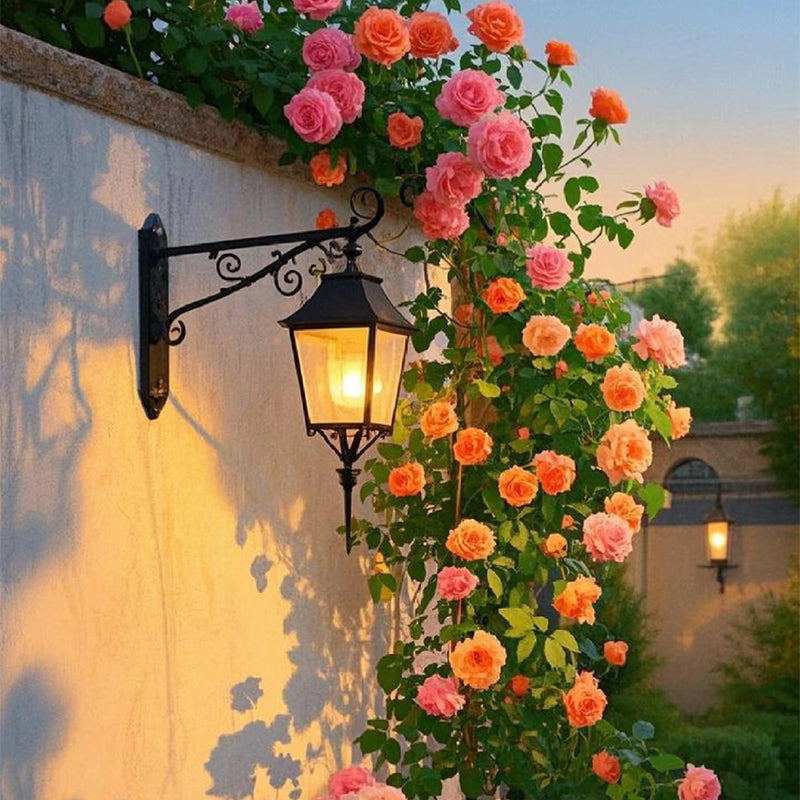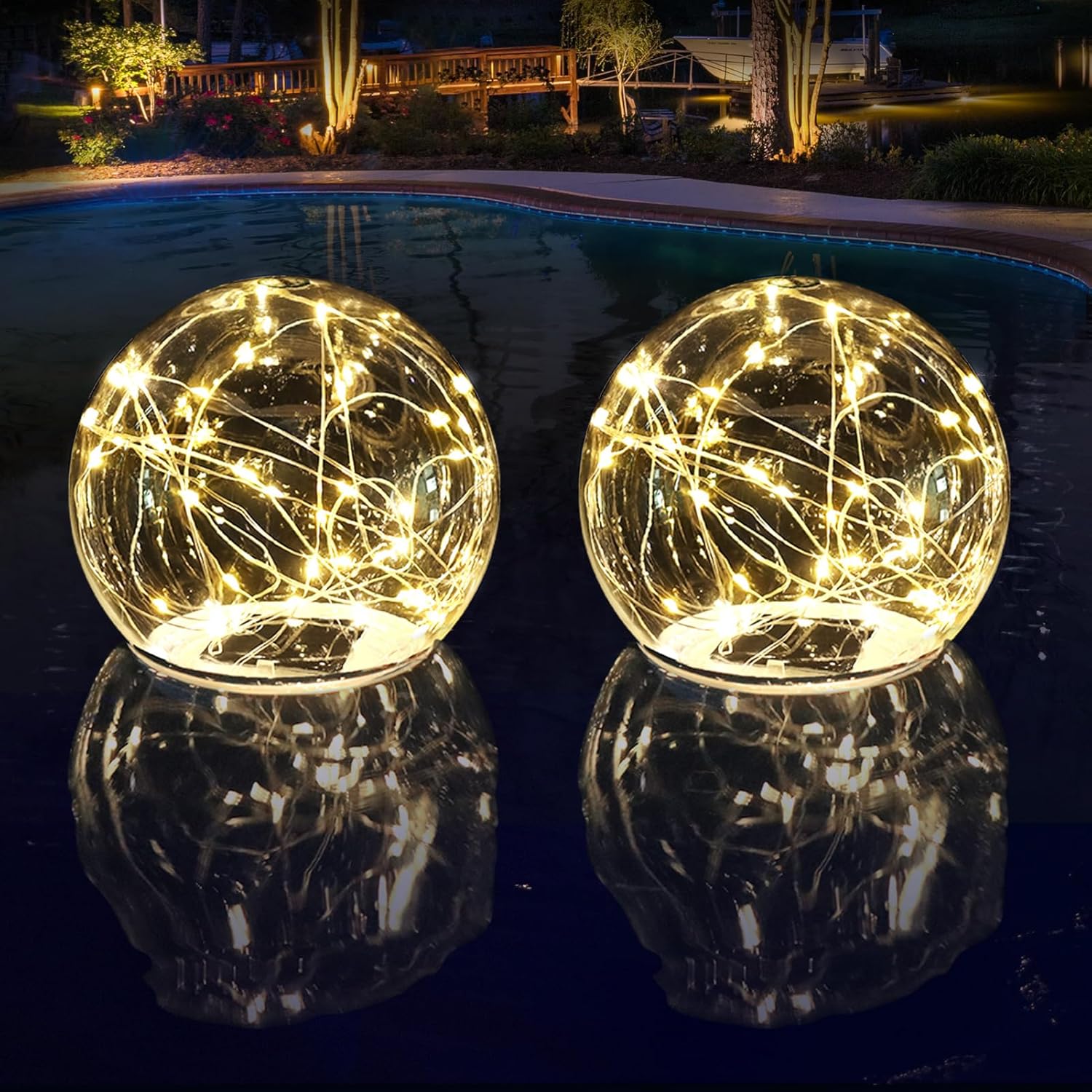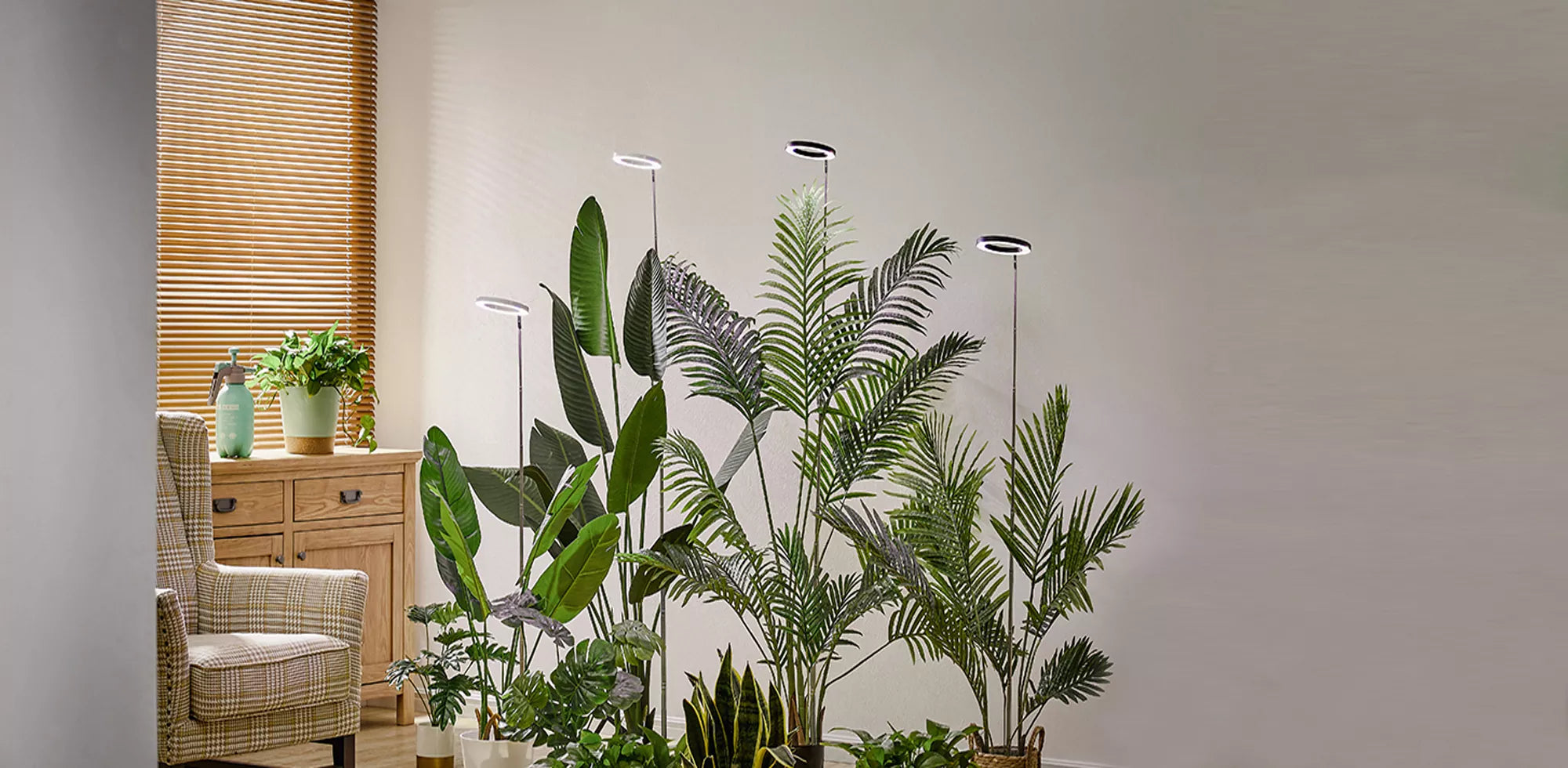The possibility for plant lovers to cultivate greenery indoors has created fresh opportunities, and anyone can do it, no matter what the time of year or location. Grow lights are the source of energy that plants need to achieve their growth, whether it is leafy vegetables or some exotic house plants. Nevertheless, as much as they are game-changing tools, they are also associated with challenges. Execution and utilization errors can have a detrimental effect on plants rather than a beneficial one. Many new gardeners unknowingly make lighting errors that lead to stress, weak growth, or even plant death. To build a successful indoor garden, it’s essential to recognize these pitfalls early. In this blog, we’ll explore the most common grow light mistakes, offer solutions, and guide you on how to achieve vibrant, healthy plants indoors.
Ignoring Plant Needs
Every plant species has its own needs, and counting on a single light setup for all your plants can be reckless. Beginners will often overlook the discrepancies in intensity and spectrum. Understanding the basics of photosynthesis can provide some clarity here, as some plants grow well under blue light for vegetative growth, while flowering plants require red light for flowering. Taking the time to research each species' needs will reduce the wasted energy, or worse, having your setup support but not encourage or stunt growth. Investing this small amount of additional time and energy separates a flourishing indoor garden from a sad collection of plants.
Overexposure and Its Signs
Leaving the lights on for too long or placing them too close to vegetation is one of the most harmful errors. The awareness of overexposure symptoms in houseplants, where scorched spots, pale foliage, or stunted growth are found, can be used to avoid the long-term damage. Plants require both light and dark to uphold their natural cycles. Overexposure can stress plants much like the consequences humans face when they lack sleep. If you follow their cycles, you will not only protect the plant, but also foster balanced, sustainable growth.
Timing Troubles
Not all gardeners realize the importance of timing in indoor cultivation. Grow light timing errors often result from inconsistent schedules. Neglecting to turn white on or off disrupts photosynthesis and disorients plant cycles. Simple timers or smart plugs can automate the lights for you. This means you wouldn't have to keep track on your own. When you take this approach, it replicates the natural sunrise and sunset patterns that plants in nature respond to.
Preventing Plant Burns
Another key challenge is maintaining a proper distance between lights and leaves. Too much proximity can scorch foliage, while too much distance reduces effectiveness. Practical plant burn prevention involves regularly checking the canopy for changes and adjusting fixture height as plants grow. Think of it as tuning a delicate instrument; minor tweaks can make a significant difference in harmony and health.
Duration and Balance
Knowledge of lighting duration is essential to the success of plants. Plants can grow successfully under different day lengths: seedlings require 16 hours of light, while mature plants can thrive with 12 to 14 hours of light. Balance is the key. Extending the time too long will cause stress, and shorter cycles may retard development. Treat your grow lights as a substitute for the sun, providing consistent but never overwhelming light.
Spotting Light Burn Early
Gardeners often confuse nutrient issues with light-related stress. Learning the signs of light burn on leaves, such as curled edges, brown spots, or faded coloration, helps you intervene quickly. Light burns, unlike pests or soil issues, can spread rapidly and affect many plants simultaneously. By monitoring regularly and taking action quickly, minor problems can be avoided from becoming major garden issues.
Setup Slip-Ups
Beginners often underestimate the importance of placement. Mistakes in planting usually revolve around Common grow light setup errors, inadequate coverage, situations with too many lights, or the wrong fixtures. Plants located around shaded corners may be weak, while others may be burned out from excessive sunlight exposure. The answer is to formulate layouts where plants are given appropriate exposure that is relatively equal. Reflective surfaces or adjustable hangers can be used to distribute light evenly throughout the plants, making your system more efficient and effective.
The Role of Technology
Modern solutions, such as LED plant lights, reduce a lot of these issues. They provide better spectrum targeting, better efficiency, and lower heat output, reducing the potential for burns and higher electricity rates. They are also adjustable, providing more control for the gardener. Utilizing advanced equipment means less guesswork and more predictability for your indoor oasis.
Final Thoughts: Growing Smarter
Indoor gardening requires more patience, at times, than passion. If you intentionally disregard common mistakes utilizing grow lights for indoor gardening, you can change struggles into growing opportunities. Plants respond well to regularly planned care, and lighting plays a significant role in this connection. For gardeners who value both beauty and innovation, ktvhomes offers a range of lighting solutions designed to make indoor growing easier and more rewarding. Their quality and creativity will ensure that you can light up your space without worrying that your plants won't receive the necessary amount of light to grow.




